Updated: 04-Apr-2018
Also under the DCB initials.
-During years it was the firm Dutheil et Chalmers. L. Dutheil started building engines around 1893. In 1895, he built his first car and around 1898 he made the first lightweight engine for bicycles, and some of them were experimentally used on balloons and airships.
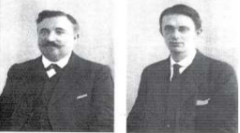
"Dutheil y Chalmers"
-R.A. Chalmers was already one of the aeronautical movement pioneers when he became associated with Dutheil, and in 1903 they founded Dutheil et Chalmers.
-They made all kind of engines, industrial, lightweight, etc. The first aviation engine gave 12 CV, followed by a 60 CV one, although the lightest engine was an 8 CV, weighing only 25 pounds.
-Santos Dumont was attracted by these results and used an 18 CV on his famous Demoiselle airplane.
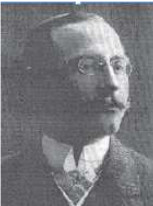
"M. B. Boyd"
-Little before 1909, M.B. Boyd joined them as a partner. He was graduated from the University of Leipzig and the University of Charlottenburg.
-A first product was the horizontally opposed four cylinder engine that gave 40 CV.
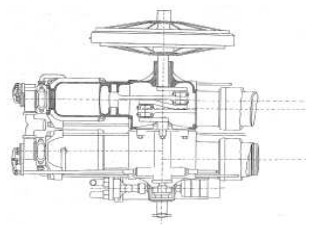
"DCB, 40 CV"

"20 CV two-cylinder"
-Both engines were water cooled. Again, we represent the 40 CV in an artistic drawing.
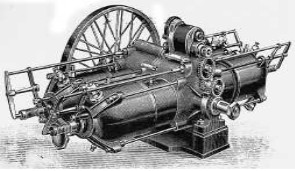
"DCB 40 CV aero engine"
-We can see that the architecture for the 20 and 40 CV is practically identical.
-A not well known 6 cylinder model is shown below. It was a 60 CV DCB engine, complete with radiator, and that we see in its bench after the tests.
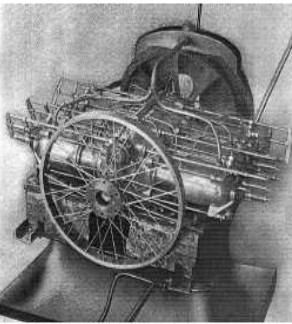
"DCB 6-cylinder"
-Another engine was the 60 CV that had four cylinders with double-active pistons, two crankshafts, and two propellers.

"DCB with two crankshafts"
-The propellers were counter-rotating, and it is interesting to see how they crossed without touching.
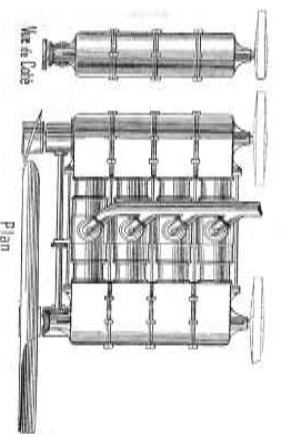
"Side and top views of the above mentioned engine"
-The rest of this page is used to show a new illustration of the two-cylinder engine that was used by Santos Dumont.

"DCB used by Santos Dumont"
Engines of DUTHEIL, CHALMERS & BOYD
Model: 20 CV, 2 cyl.
Arquitecture: 2-cylinder Horizontally opposed
Cooling: Liquid
Total Displacement:
Bore / Stroke:
Power: 20 CV
Weight:

"DCB, 20CV 2-cyl."
Model: 40 CV 4 cyl.
Arquitecture: 4-cylinder Horizontally opposed
Cooling: Liquid
Total Displacement:
Bore / Stroke:
Power: 40 CV
Weight:

"DCB, 40 CV aero engine"
Model: 60 CV, 4 cyl. double piston
Arquitecture: 4-cylinder Horizontally opposed
Cooling:
Total Displacement:
Bore / Stroke:
Power: 60 CV
Weight:
Engine with double-active pistons, two crankshafts, and two propellers.

"DCB, 60 CV 4 cyl. top and side views"
Model: 60 CV, 6 cyl.
Arquitecture: 6-cylinder Horizontally opposed
Cooling: Liquid
Total Displacement:
Bore / Stroke:
Power: 60 CV
Weight:

"DCB de 6-cylinder engine"


